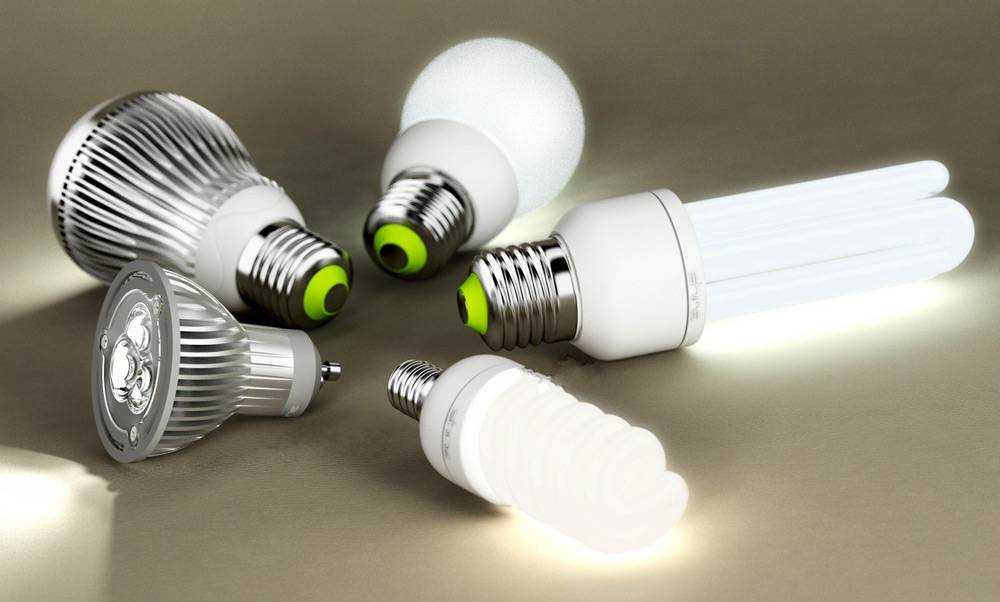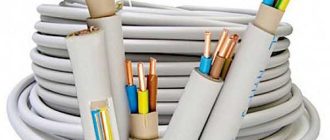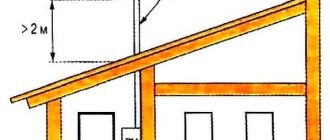Rising electricity prices are forcing us to save money where previously we did not even think about expenses. For example, the replacement of incandescent bulbs has become widespread. There are much more economical light sources – fluorescent and LED. But how to decide what to put – energy-saving or LED lamps? To make a decision, you need to compare their characteristics. And it is better to do this objectively.
文章内容
Which are more economical
The name “energy-saving” came to us in relation to compact fluorescent lamps (CFL). At the time of their widespread use, they were the most economical. Especially if you compare them with the usual incandescent bulbs – ecomonovki consume 3-4 times less energy. Later began to “promote” LED light sources. They consume even less electricity, and therefore are the most economical.
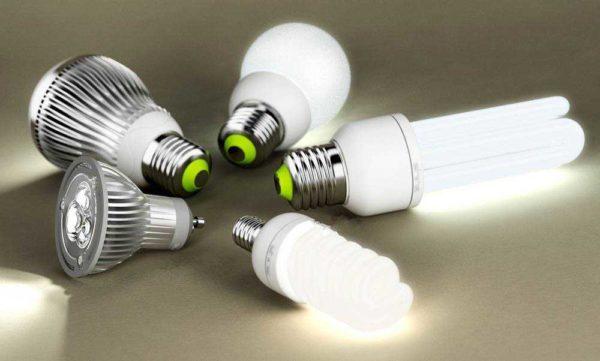
To be able to assess the difference, look at the table. It shows the power consumption of LED, fluorescent lamps and familiar to us with a tungsten filament. They all have the same (or almost) luminous flux, but, as you can see, the power consumption is very different. A 3W LED bulb is equal in luminous power to a 7W energy-saving bulb or a 20W incandescent. A 5 watt diode bulb will replace a 12-13 watt energy saver or a 40 watt incandescent. This is average data, since different manufacturers have slightly different indicators, but, in general, the proportions remain the same.
| Incandescent lamps | Fluorescent and energy saving lamps | LED | Luminous flux |
|---|---|---|---|
| 20 W | 5-7 W | 2-3 W | 250 Lm |
| 40 W | 10-13 W | 4-5 W | 400 Lm |
| 60 W | 15-16 W | 6-10 W | 700 Lm |
| 75 W | 18-20 W | 10-12 W | 900 Lm |
| 100 W | 25-30 W | 12-15 W | 1200 Lm |
| 150 W | 40-50 W | 18-20 W | 1800 Lm |
| 200 W | 60-80W | 25-30W | 2500 Lm |
Already by this table alone it is easy to say energy saving or LED lamps are the most economical. But this is not all the advantages of LED technology. We will talk about them further (as well as the disadvantages, however).
Service life
If we talk about service life, then the average for energy-saving, it is on average – 10 000 hours. In LED this indicator is higher: on average – 30,000 hours, but there are applications of manufacturers for 50-60 thousand hours of operation.
LED lamps seem to be in the lead here, but there is one nuance. Both technologies have a rather significant disadvantage: over time they gradually reduce the intensity of luminescence. There is a so-called “burnout”. In this regard, you should focus not on the stated operating time, but on the warranty period. It more accurately reflects the actual situation. After all, if something happens to the lamp during this time, the manufacturer will have to replace the device with a new one. The less often such cases occur, the better. That is why manufacturers tend to underestimate the warranty period, as they bear material responsibility.
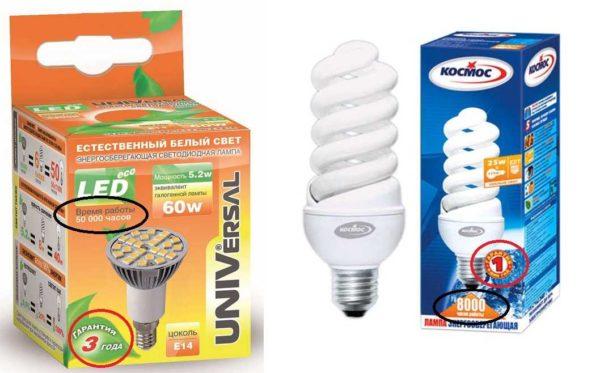
And if you compare energy-saving and LED lamps on the warranty period, there is also a difference. In LEDs, the average indicator is 3 years, in the economy – 1 year. There is more / less, but these are specifics. So here too, comparing whether energy-saving or LED lamps are better, the best is LED technology.
Dimensions and appearance
The appearance and dimensions of energy saving bulbs everyone knows. It is a tube twisted into a complex spiral with phosphor. The most compact ones can fit into a medium-sized plafon, but in most cases they stick out of ordinary lamps, and with built-in look generally “not ahti”.
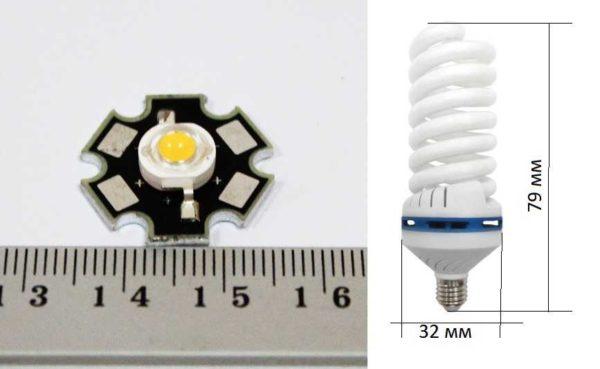
LED lamps can have very small dimensions. The crystal for three watts can be made in the form of a circle with a diameter of 1,5-2 cm. And this is the equivalent of an energy saver in 7 W, which at a minimum has a size of 32*79 mm. Such miniature sizes of LEDs allow to make recessed lighting fixtures very small thickness – 2 cm or less. And this is with a heat sink to dissipate the heat that the LEDs give off during operation. Such small dimensions allow them to be built into furniture or lower suspended and stretch ceilings to a very small height.
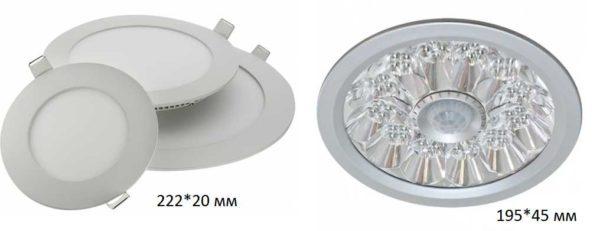
If we talk about a more familiar format – with a bulb, then the shape and size of the bulb can be completely different. This detail is not mandatory – the LED does not need a vacuum or a certain gas environment. So it is rather a tribute to tradition. There are bulbless lamps, which are called “corn” for their characteristic appearance. Their service life is determined by the quality of LEDs, not the integrity of the shell, which, in fact, there is none. You can even assemble lighting in general from individual LEDs on a metal plate-radiator or even without it. In general, and the size and appearance of LED lamps can be different. And here, deciding what is better energy saving or LED lamps, certainly come to the conclusion that LED lights are better – they can be virtually invisible, can have any shape and size.
Convenience and safety of use
Everyone knows that in fluorescent lamps in the tubes are filled with phosphor, which begins to glow under certain conditions. It takes some time to create these conditions. Sometimes it is almost imperceptible, and sometimes the delay after switching on can be a second or even a little more. This is not the most pleasant phenomenon, with which you have to put up with. LED lamps light up immediately after the voltage is applied. In this they are certainly better.
Today, more and more often try to make lighting with the ability to change the intensity of light. This is achieved either by a complex scheme with a large number of switches, or by installing a dimmer – a small device that allows you to smoothly change the level of light. But the thing is that not all lamps can work together with a dimmer. Energy-saving ones can’t. They need a certain level of voltage and its shape, and the dimmer just the shape and distorts. But with this device can work with some LED lamps. Just when choosing LED lamps, look for dimmable. This ability is indicated in the technical specifications. Minus – such light sources with equal characteristics are more expensive.
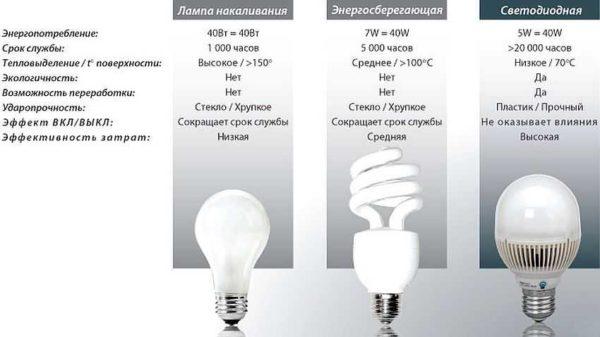
Another point in favor of LED lamps. Their bulb (if there is one), is made of impact-resistant plastic. Energy-saving fluorescent – from glass. And damage to the tube is fatal – the light source stops working. In addition, some (cheap) ecomonki contain mercury vapor, so that damaged glass tube phosphor can cause serious harm to health. Hence also arises difficulties with utilization – you need special enterprises for recycling such lighting devices.
And the last point regarding ease of use – neither incandescent nor fluorescent lamp can not be restored after failure. If damaged, they completely lose their functionality. LED lamps usually consist of a certain number of crystals located on the body. When one or more crystals fail, the light flux is reduced, but the light is still emitted, albeit in smaller quantities. In addition, if you want and know how to handle a soldering iron, you can replace the burned elements, restoring the former brightness.
So, deciding whether energy-saving or LED lamps are better for ease of use, we see that LED-lights are more practical and safe.
Prices and still what is better …
Everyone knows that LED lamps are more expensive. This is probably the only point on which fluorescent lamps are ahead. But today, the price difference is not as great as it used to be. They are already practically equal. If you take, for example, light sources from the same manufacturer with the same equivalent (or almost the same) in relation to incandescent lamps, the prices are almost identical.
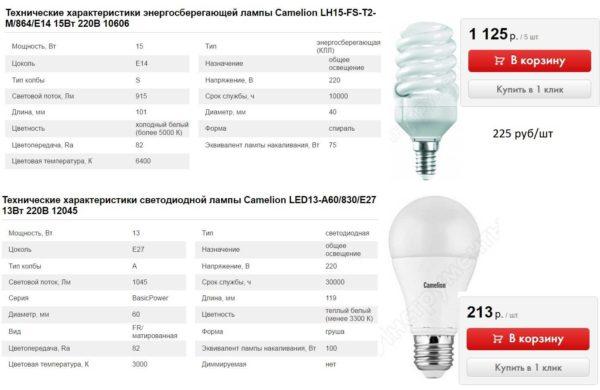
For example, lamps from the firm Camelion (Chamelion). Energy-saving lamp – LH15-FS-T2-M/864/E14 is the equivalent of an incandescent lamp in 75 W, costs 160-225 rubles. LED lamp – Camelion LED8-C35/830/E27 (also the equivalent of 75 W incandescent) – 170-230 rubles. Both series are basic, without special “contrivances”, and if you take into account the savings on electricity (8 W vs. 15 W) and service life (10000 hours and 30000 hours) and all the other “pluses”, then even the question “what is better energy saving or LED lamps” does not arise. The decision is probably unambiguous – more economical, easy to operate and durable LED. It is best to install them instead of incandescent lamps.
But in the press and the Internet very much recently appeared a lot of information regarding the fact that LEDs are harmful – they emit a harmful spectrum and flicker. About the spectrum of confirmed data is not, and flicker, flicker and fluorescent. But they flicker always, and LEDs are and without ripples, they just cost much more expensive. In general, the decision is up to you.

